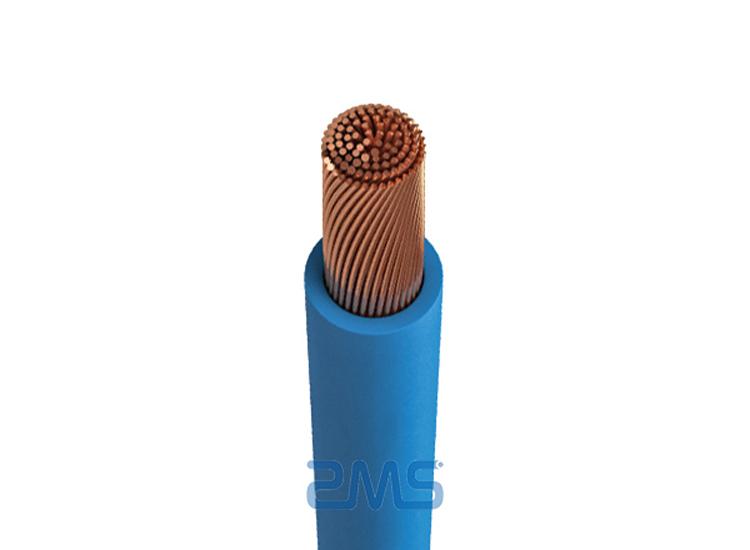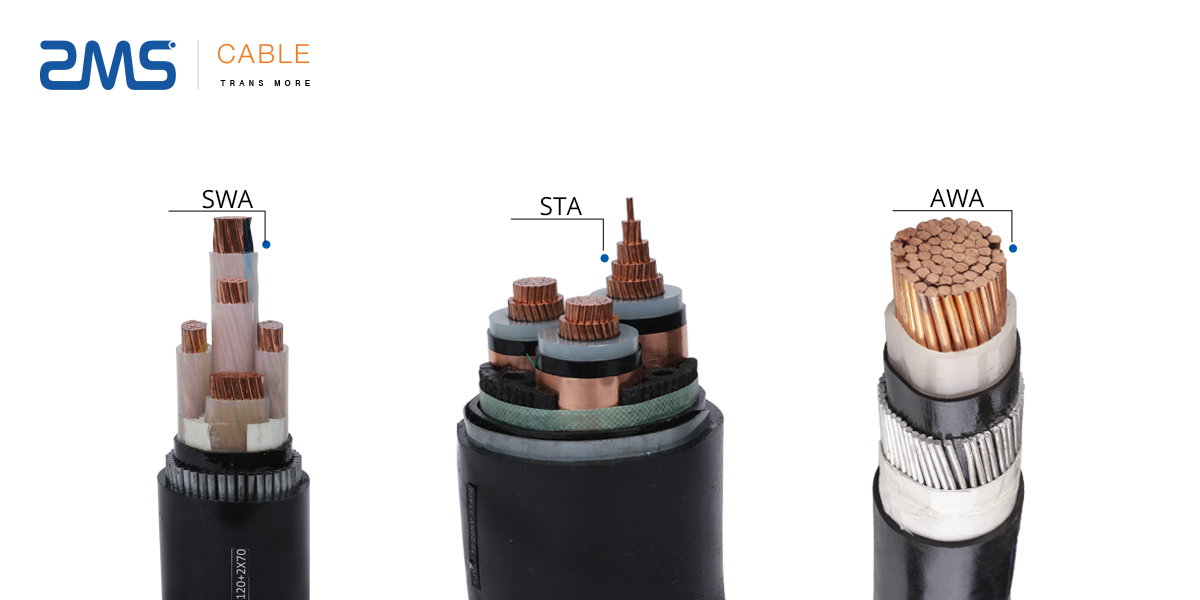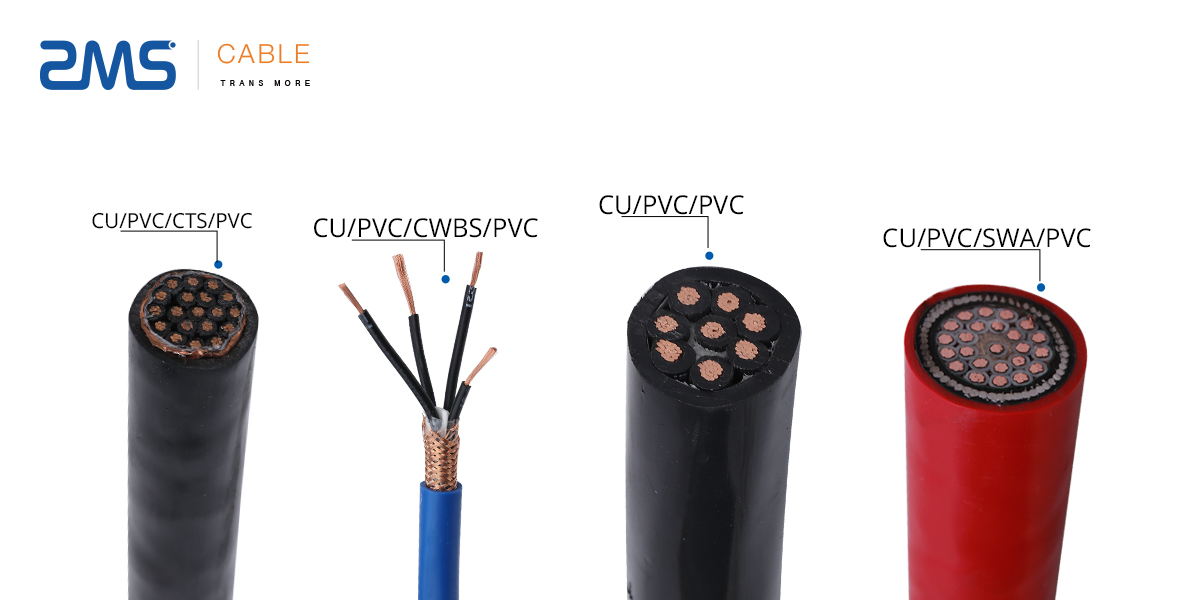Building Engineering Cables
ZMS produces building construction cables with short lead times and high qualification rates for a wide range of applications, including power supply, lighting, and communications. In some large shopping malls, hospitals, office buildings, and other occasions, ZMS’s construction engineering cables can also be used in low-smoke halogen-free, and other flame-retardant fire-retardant materials, which greatly improves the safety of cable use.
Electrical Building Wires are available in a wide range of specifications and models, all of which we can provide upon request, so be sure to contact us if you have customized needs in terms of specifications.
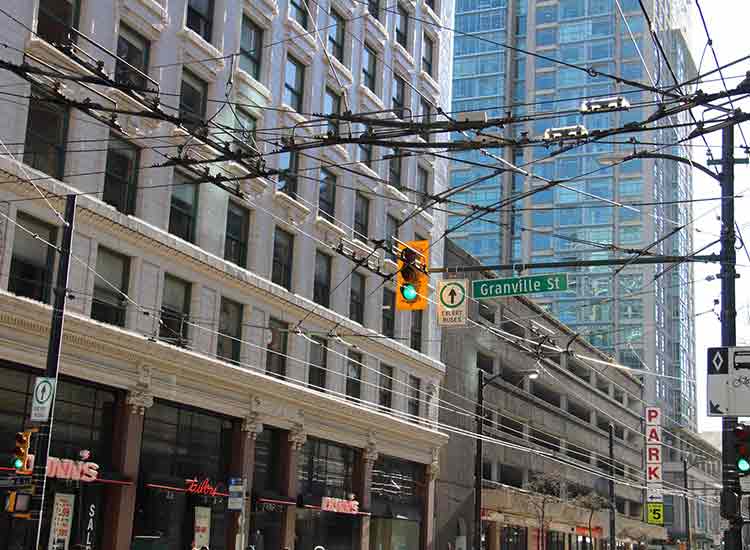
Commonly Building Wire Types
Communication and Fire Alarm Cable
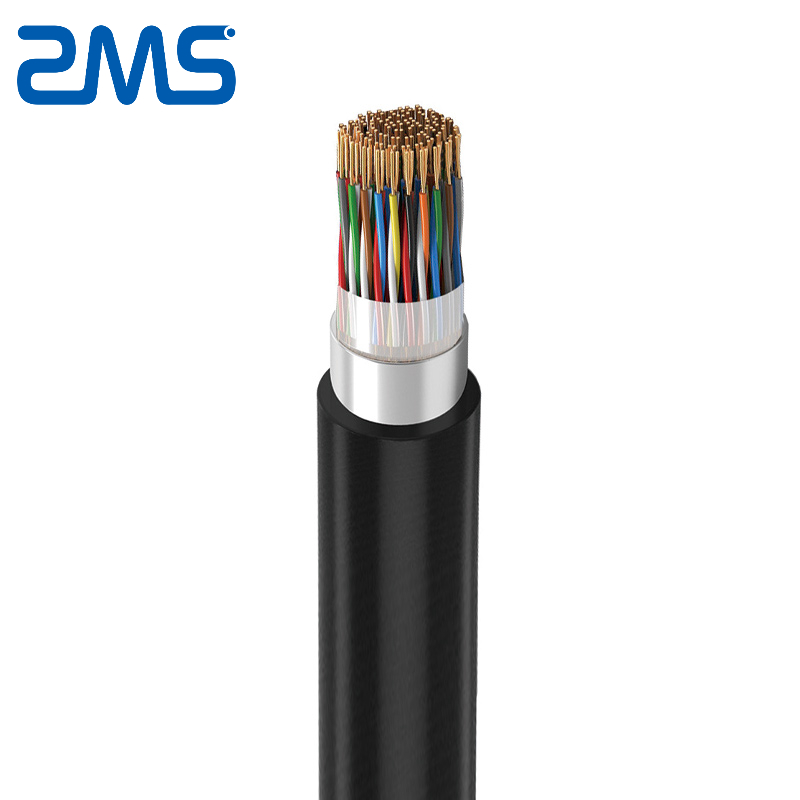
HYA Outdoor Communication Cable
HYA is a copper core solid polyolefin insulated moisture barrier polyethylene sheathed inter-municipal communication cable mainly used for transmitting audio, analog signals of 150kHZ and below, and digital signals of 2048kbit/s and below. Under certain conditions, it can also transmit digital signals above 2048kbit/s. Applicable to the city, suburbs, and local areas of the overhead or pipe laying lines, can also be buried directly.
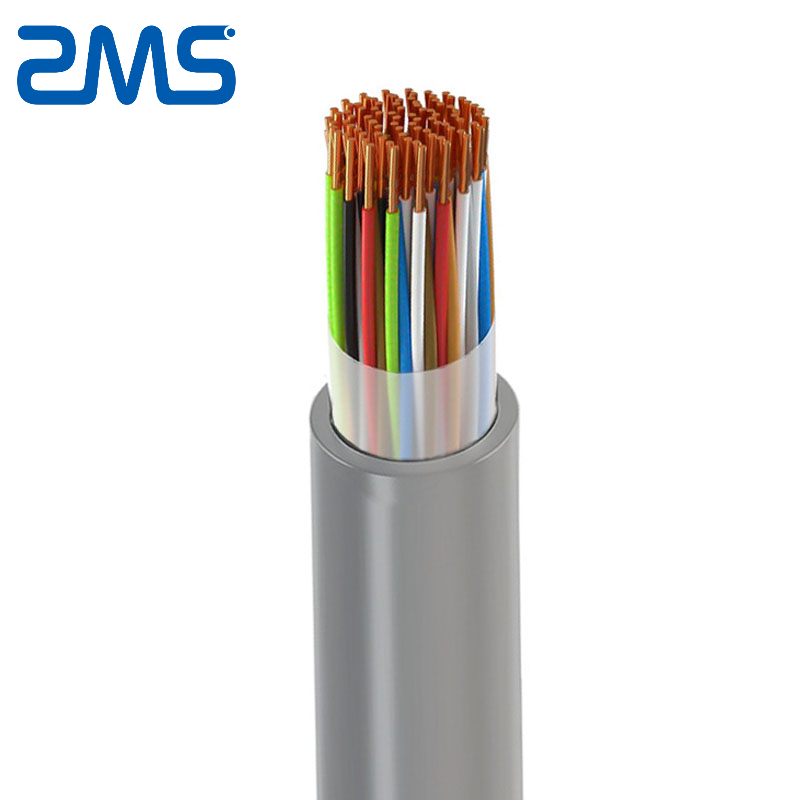
HYV Indoor Communication Cable
HYV communication cable is copper core polyolefin insulated PVC sheathed municipal communication cable. It is used for pipe laying, overhead, etc. Installation cables are preferably used as telephone cables in telephone stations and sub-extensions, in dry and damp premises, and in or under plaster, in the open air for fixed installation. Telephone installation cables are not allowed for purposes of high current and power installation.
CE = Product conforms with Low-Voltage Directive 2014/35/EU.
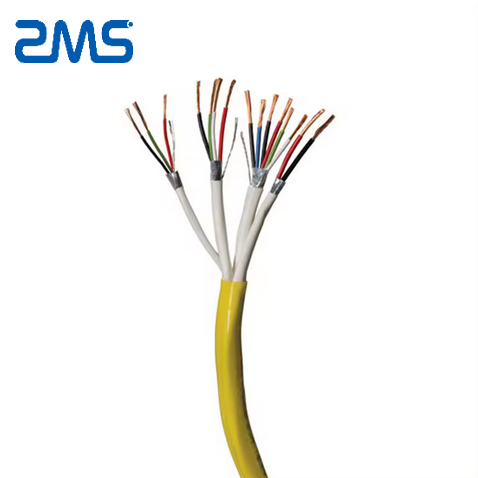
Fire Alarm Cable Halogen-Free
Halogen-Free Fire Alarm Cables are a common type of control cable and can be used for signal transmission, measurement, control, and regulation. Due to its structural characteristics, it is also suitable for light, medium, or high mechanical stress, and ZMS produces fire alarm cables that offer varying degrees of resistance to electrical interference and protection against caustic oils and substances.
Distribution Cable - 0.6/1 kV
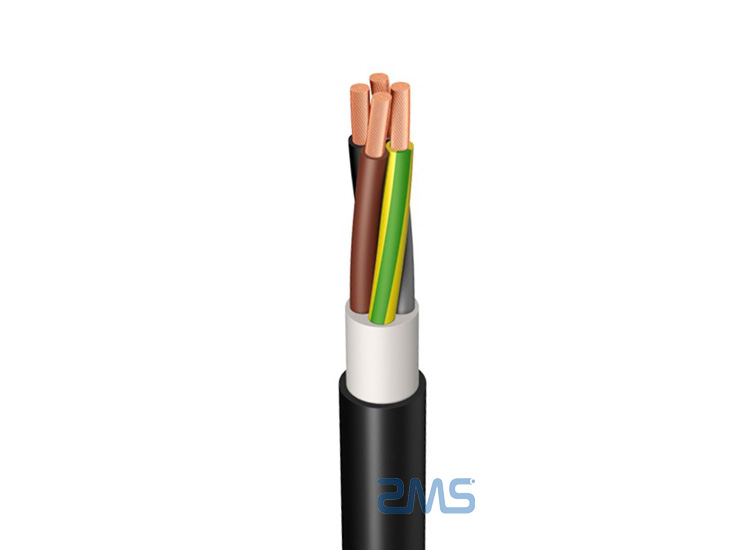
NYY Cable 0.6/1 kV
NYY cables are dedicated to cable ducts, power stations, industrial and distribution boards, as well as to the energy supply of customer networks. They can also be used in brick walls, and concrete (non-compacted concrete). They are not suitable for installation in shaking, vibrating, or compacted concrete. NYY cables can be installed in the open air, laid underground, in water, and indoors in areas protected from mechanical damage.
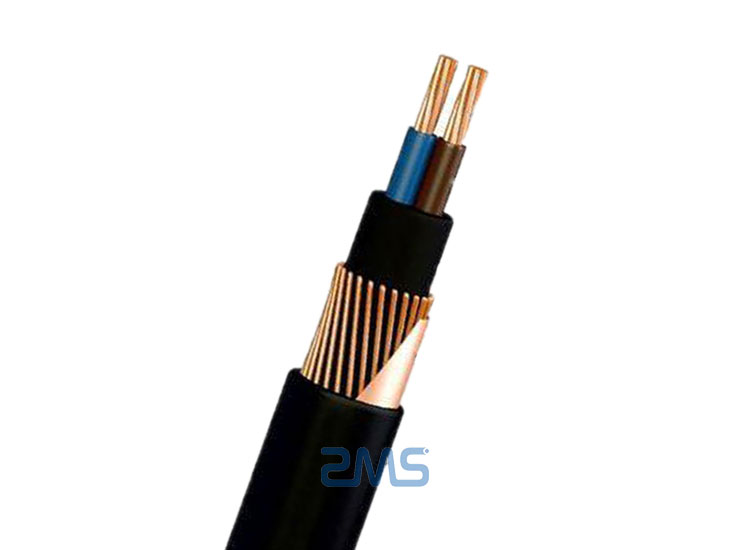
NYCY Cable 0.6/1 kV
NYCY Cable is used in industry, power distribution cabinets, power plants, in-plant connection boxes, and street lighting, and also as control cables for control transmission of impulses and test data. The use of fully increased electrical and mechanical protection is required. This cable can be laid outdoors, underground, in water, indoors, or in cable ducts.
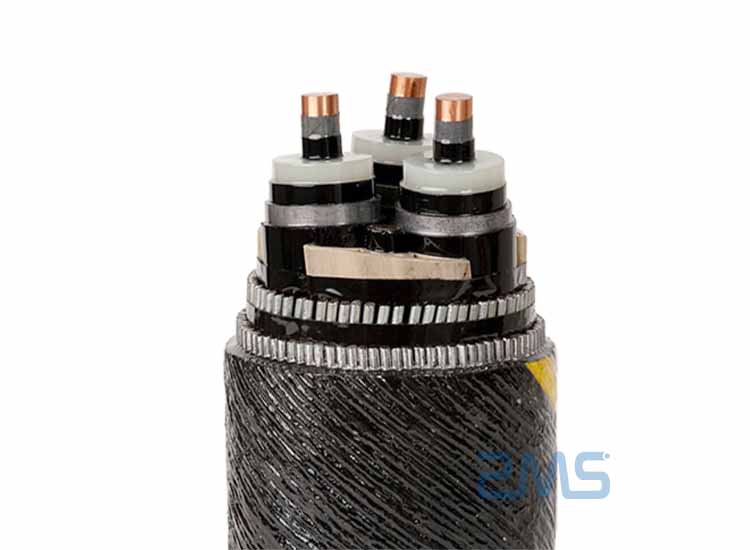
MV-Underground Power Cable
ZMS cable manufacturer as a professional medium voltage underground power cable supplier. Our standard medium-voltage underground transmission line composition includes single and triple-core copper or aluminum conductor cables. It also includes polyvinyl chloride (PVC), cross-linked polyethylene (XLPE), polyethylene (PE), ethylene-propylene rubber (EPR), and Low-smoke zero halogen (LSZH) jacket performance.
Other Building Cable
Distribution Line Laying Requirements
The selection of wire and cable in residential buildings, mainly concerning the “Residential Building Electrical Design Code” and “Civil Building Electrical Design Code” in the provisions.
The choice of cable laying method should be selected according to the engineering conditions, environmental characteristics and cable type, quantity, and other factors, as well as to meet the principles of reliable operation, easy maintenance, and technical and economic rationality.
In the building electrical design, first, we must fully understand the characteristics of wires and cables, and correctly distinguish the importance of the building, special features, and fire hazards. According to the different buildings, different parts, and different supporting equipment choose its corresponding wire and cable. The correct choice of wires and cables can not only meet the normal use of buildings and ensure the safety of personal property but also meet the building’s electrical energy saving and reasonable cost.
Service of ZMS Company
Over Productions Service: ZMS has a wide range of cable and conductor products for you to choose from. We will provide caring services and professional project solutions for everyone who needs them.
Quality Certification Services: ZMS cable products are manufactured according to GB, IEC, BS, NFC, ASTM, DIN, and other international standards. Our technical team can customize cable products that meet your requirements according to your needs.
Profession Customer Service: ZMS provides free professional consulting services to provide you with one-stop project solution services and rapid product delivery solutions.
Delivery And Shipping Services: While we at ZMS provide high-quality cables, we also provide good delivery solutions. While ensuring the safe delivery of products, we provide the best packaging and transportation solutions, greatly reducing customers’ transportation costs.
Packaging of ZMS: ZMS cable packaging is provided in the form of wooden reels, corrugated boxes, and coils. The cable ends are sealed with BOPP self-adhesive tape and a non-hygroscopic sealing cap to protect the cable ends from moisture. We can print the required marks on the outside of the barrel with waterproof material according to customer requirements.


